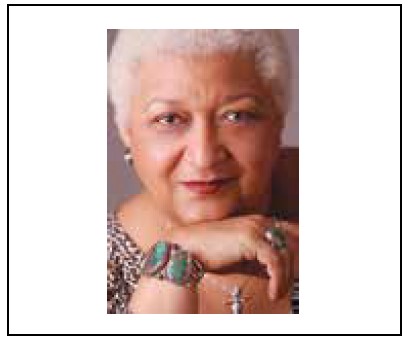
By Jewelle Gomez–
In 1984, a year that has become iconic when considering speculation about the future of our planet, I saw the quixotic John Sayles film The Brother From Another Planet. Joe Morton, the “Brother,” arrives from outer space, unable to speak but with an uncanny ability to understand. As a metaphor for African Americans in the U.S. it works with all of the tragic and comic depth Morton and Sayles could possibly convey.
Almost 40 years later it still makes me smile. It confirmed for me that people of color could live in a broader universe of imagination than the 20 square, destitute blocks in Boston on which I’d grown up.

I’ve written a lot about the literary heritage that started me writing vampire fiction. However, movies were also at the root of my career. The few horror films featuring Black protagonists sparked my imagination. In 1968, George Romero’s Night of the Living Dead and, in 1972, Blacula starring William Marshall made an indelible impression on me as a filmgoer and as a writer. Romero’s star, Duane Jones, later starred in the Black vampire love story Ganja and Hess (1973), directed by Black theatre director Bill Gunn, a first.
This filmic history drew me inexorably to the Oakland Museum of California (OMCA) exhibit Mothership: Voyage into Afrofuturism, which is free but closes February 27. It acts as a simple introduction to the idea of Afrofuturism. (Who doesn’t want to see the costume of Dora Milaje?!) And it suggests the possibility of a more historical and expansive exhibition in the future.
It was exciting to read pages from a speculative fiction story written by renowned Black thinker/activist W.E.B. Du Bois. It was also encouraging to see an extensive, although mainstream, list of the Black Afrofuturist writers who are descendants of Octavia Butler. Butler, quoted in the exhibit, said, “I don’t predict the future. All I do is look around at the problems we are neglecting now and give them about 30 years to grow into full-fledged disasters.”

A film installation by Kahlil Joseph entitled BLKNWS, which reinforces this artful understanding, is startling, moving, and captivating. Described as a “two-channel fugitive newscast,” it’s meant to present the world from the perspective of Black culture. The “news” is about things we all need to know, starting with the unnerving description of how the bodies of Africans dumped into the ocean by slavers during the Atlantic crossing became part of our ocean today and forever.
BLKNWS was the most compelling piece at the OMCA exhibit for me because it displayed the unique nature of African American culture and how it has been threaded throughout all our lives, whoever we are. One section of quick-cut animation repeatedly declares the things that Black inventors are responsible for: blood transfusions, crop rotation, traffic lights, Murphy beds, gas masks, potato chips. Then it lists things Black people are not responsible for, starting with the KKK. The statement is forthright and frightening: the world would be a lesser place without people of color, yet many others don’t care.

The coda for this exhibit and its meaning to Queer people of color in the present and in the future is partially summed up in a quote from Du Bois: “The problem of the 20th century is the problem of the color line.” I would add misogyny to that essential problem. Every film mentioned here and our 20th century social movements from Civil Rights to Black Power to the BLM movement are a dire warning that this country has no healthy future until the cancerous lesions around race and gender it created in the past are healed.
Jewelle Gomez is a lesbian/feminist activist, novelist, poet, and playwright. She’s written for “The Advocate,” “Ms. Magazine,” “Black Scholar,” “The San Francisco Chronicle,” “The New York Times,” and “The Village Voice.” Follow her on Instagram and Twitter @VampyreVamp
Published on February 24, 2022
Recent Comments